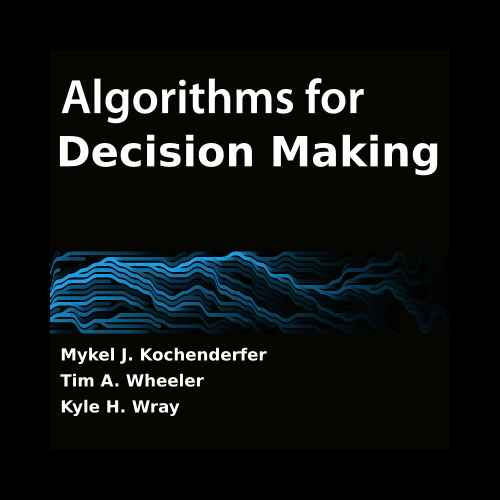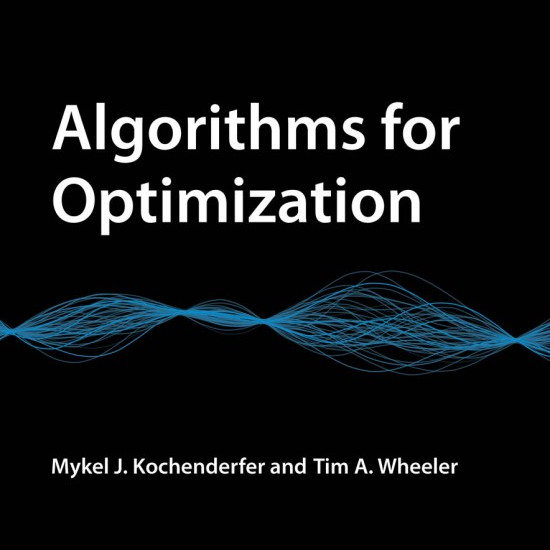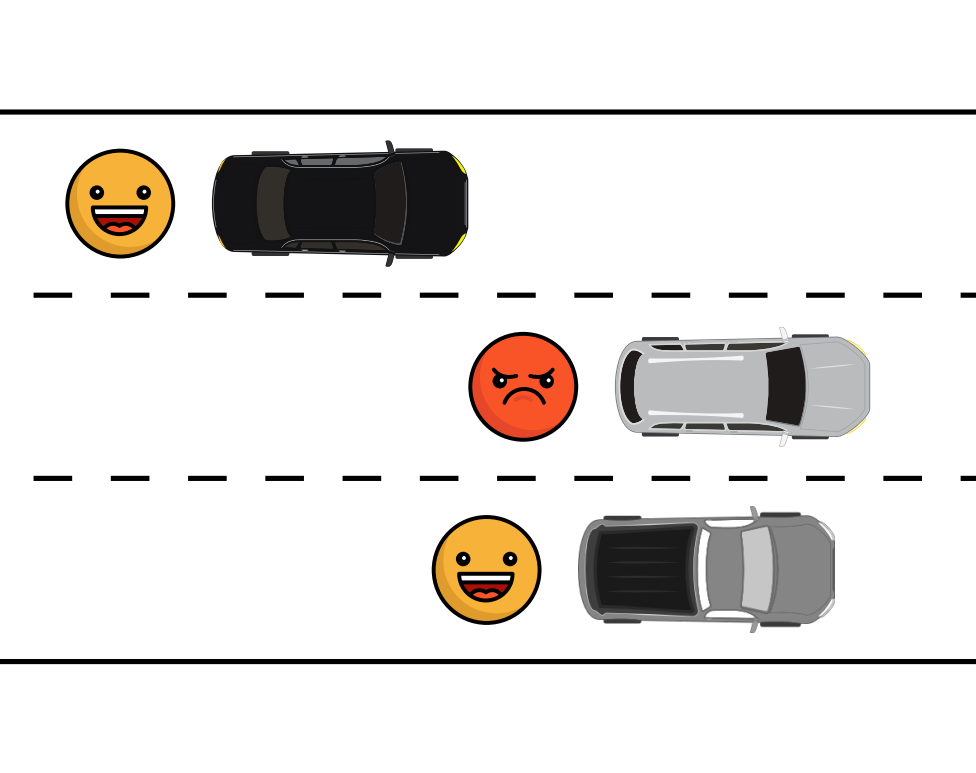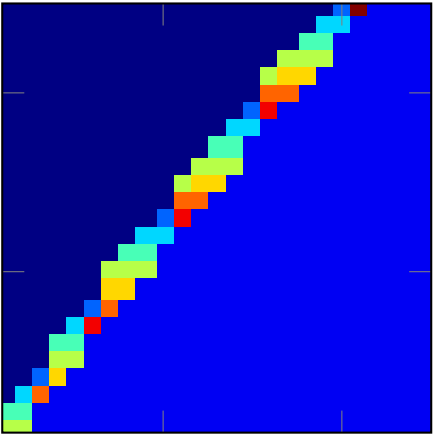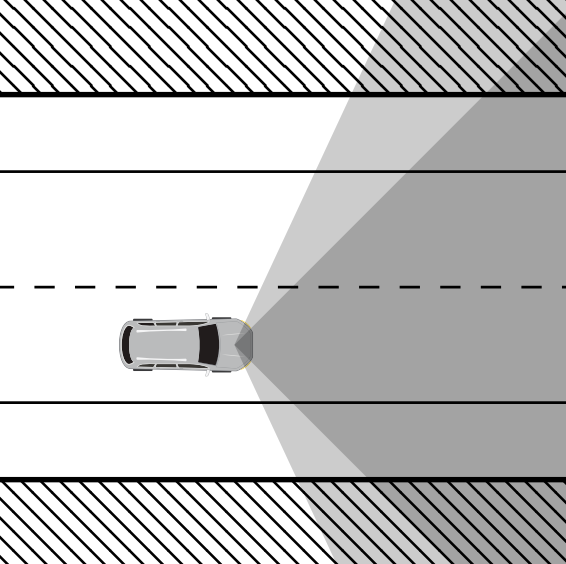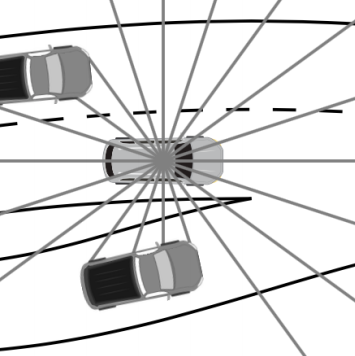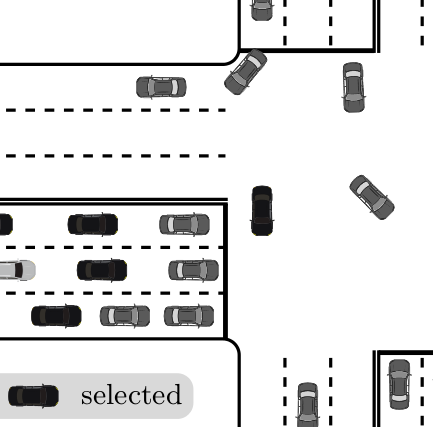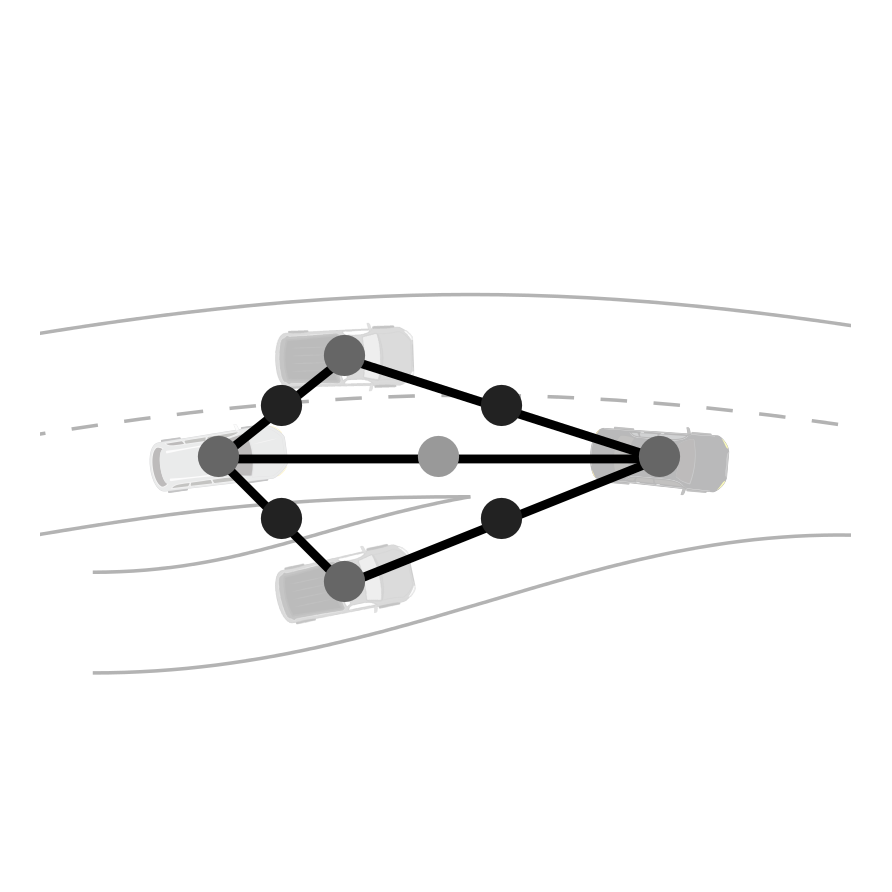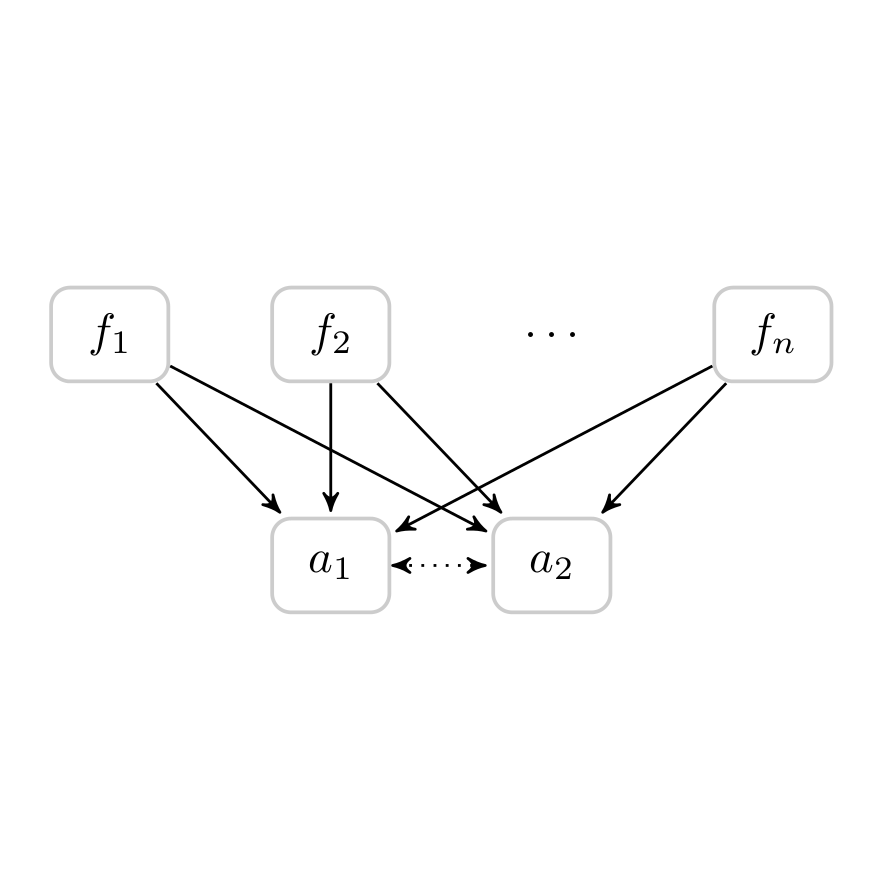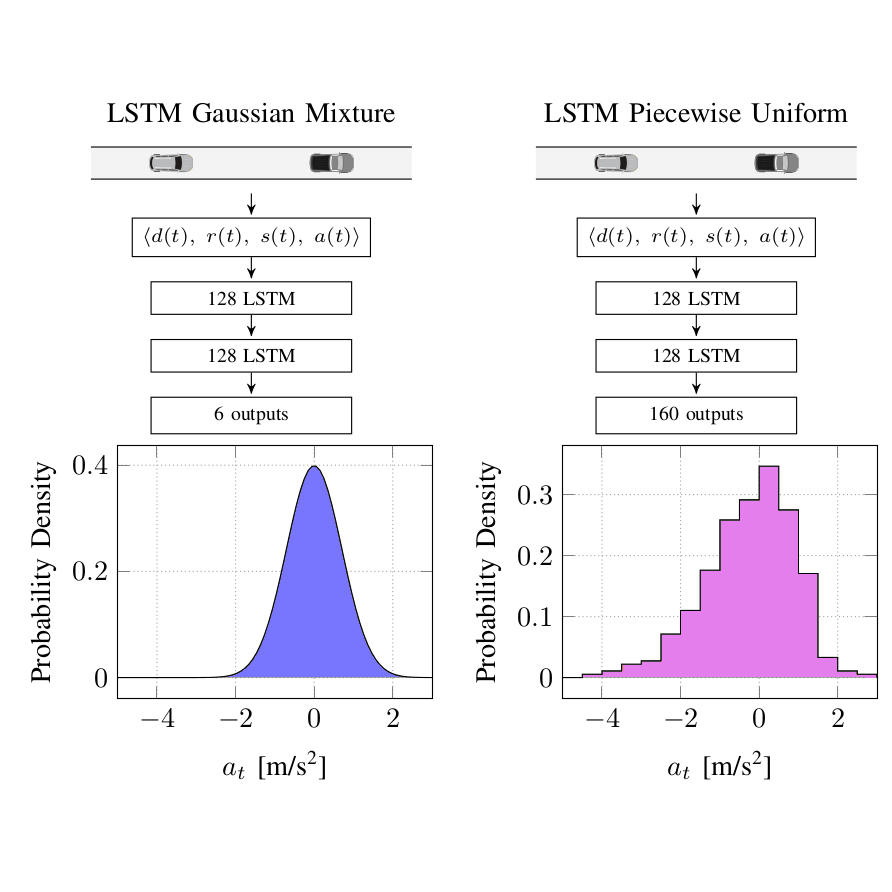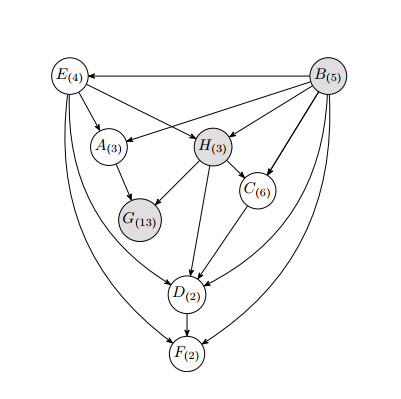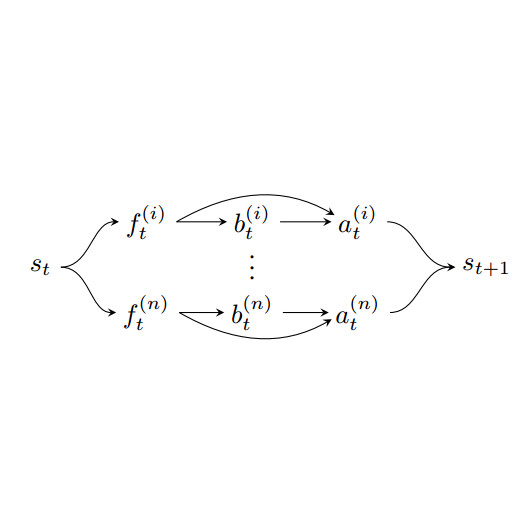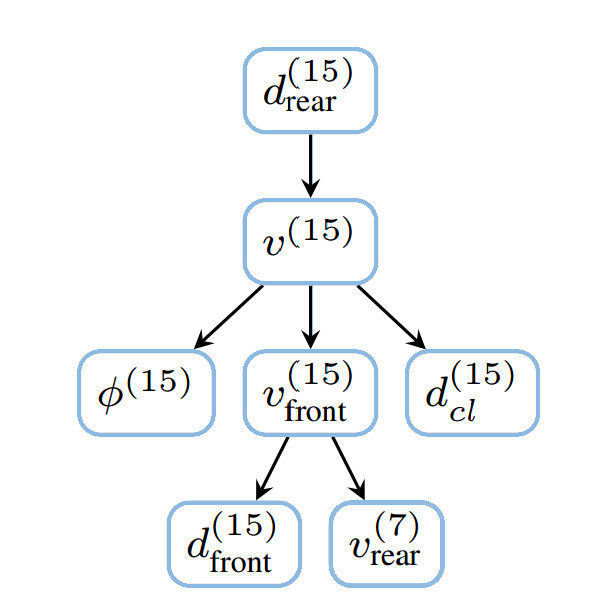POMDPs.jl: A Framework for Sequential Decision Making under Uncertainty
M. Egorov, Z. Sunberg, E. Balaban, T. Wheeler, J. Gupta, and M. Kochenderfer
Journal of Machine Learning Research
POMDPs.jl is an open-source framework for solving Markov decision processes (MDPs) and partially observable MDPs (POMDPs). POMDPs.jl allows users to express sequential decision making problems with minimal effort without sacrificing the expressive nature of POMDPs, making this framework viable for both educational and research purposes. It is written in the Julia language to allow flexible prototyping and large-scale computation that leverages the high-performance nature of the language. The associated JuliaPOMDP community also provides a number of state-of-the-art MDP and POMDP solvers and a rich library of support tools for help with implementing new solvers and evaluating the solution results.
